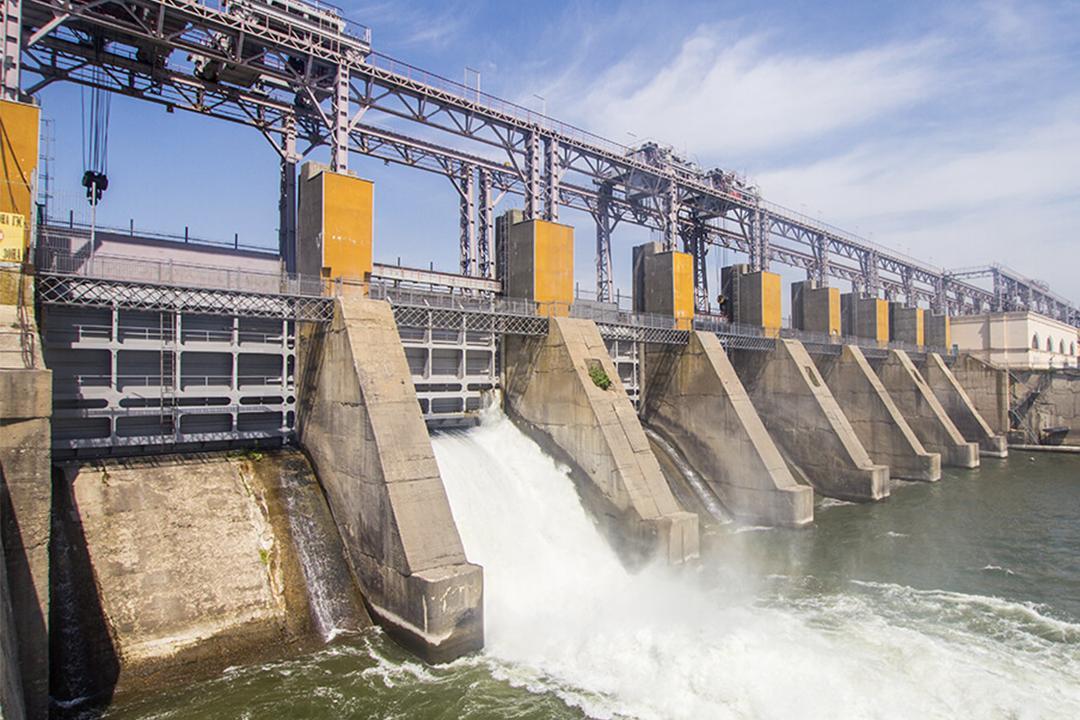Africa-Press – Angola. The Program to Combat the Effects of Drought in Southern Angola (PCESSA) will provide water to more than two million citizens residing in the provinces of Cunene, Namibe and Huíla with water by 2027.
The three provinces are largely affected by the cyclical drought, which endangers people’s lives, as well as the efficient and thorough development of the southern region.
According to a press release from the Ministry of Energy and Water, on Sunday in Luanda, the program is of extreme importance for Angola, and will boost the south of the country.
It states that the program, coordinated by the Ministry of Energy and Water, is providing a positive change in the way of life of its inhabitants, giving them greater dignity, categorically raising their standards and quality of life.
The note stresses that it is a priority program for the Executive, and the President of the Republic, João Lourenço, has highlighted it for its importance and magnitude, doing everything so that the financial resources, for its execution, are always available.
It informs that, in general, the dams planned in the project will store more than 600 million cubic meters of water, irrigating more than 46 thousand hectares for agriculture, making more than 90 thousand household connections, more than 3200 fountains and 125 water access points.
According to the ministry, the project is divided into several phases, where the Cafú canal was executed, an open canal, 165 kilometers long, 31 water access points, serving more than 235,000 people, more than 250,000 head of cattle and irrigated a vast area for agricultural purposes.
He indicates that also in Cunene, the construction of the Calucuve and Ndúe dams, with associated adductor channels, is in the final stretch.
He adds that the Calucuve dam is projected to store 141 million cubic meters of water, and the Ndúe dam will be 170 million cubic meters of water, supplying thousands of people.
The construction of the Cova do Leão dam is also planned, which will benefit about 40 thousand inhabitants and store 30 million cubic meters of water.
The note informs that the water supply systems of Cahama, Otchinjau and Oncócua, three communes that will have permanent access to drinking water, will also be executed. Chitado will also benefit from a similar system.
As for the province of Huíla, he reveals that the PCESSA intends to benefit about 750,000 people, with two dams, 89 artesian boreholes, more than 100 kilometers of adductors, 17,000 hectares of irrigated area and supplying more than 670,000 head of cattle.
He stresses that in the city of Lubango, the use of groundwater in the Chela aquifer is contemplated, with borehole collection, storage and distribution systems.
He adds that also in this city, the Nhene dam will be built, also contemplating borehole collection, treatment, storage and distribution systems, with new networks and rehabilitation of the existing network.
The initiative is fundamental for Lubango, taking into account its important population growth and the growing demand for drinking water supply services, the note indicates.
It also specifies that in the municipality of Gambos, which has been greatly affected by the drought, the N’Opombo dam will be built on the Caculuvar River, with adduction channels and water supply systems to the communes of Chibia, Jau, Quihita, Chibemba and Change.
According to the ministerial department, six new dams are planned in the province of Namibe, with the rehabilitation of 43 dams, bringing water to more than 650,000 inhabitants, 527,000 head of cattle and irrigating an area of more than 8,800 hectares.
In this province, the Bentiaba and Bero dams will be built, which include the collection, treatment, storage, adduction and reinforcement of the Moçâmedes water supply system.
It stresses that pilot groundwater systems will also be built in the interior of the province, as well as the Carujamba, Inamangando, Giraúl and Curoca 2 dams.
The PCESSA, in addition to bringing water to millions of Angolans, will improve their diet, as well as take care of public health issues, reducing and mitigating water-borne diseases.
The note concludes that the project will also boost local economies, promote employment, especially young people, training them in various areas, creating opportunities and clearly improving the lives of its inhabitants.
For More News And Analysis About Angola Follow Africa-Press






